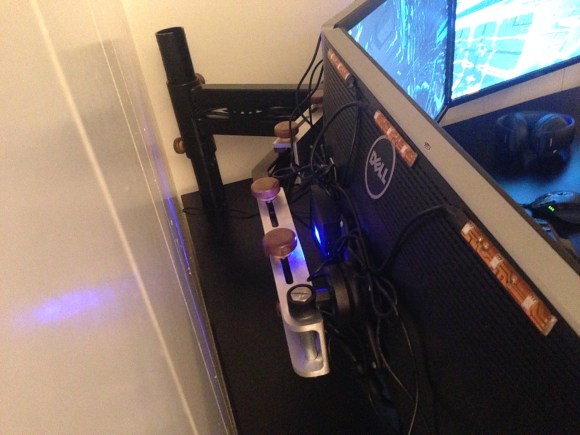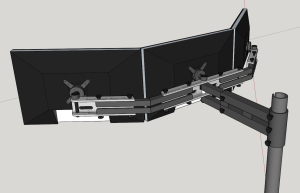Here’s a cool little variation of that handy little function called Wake on LAN — [Jonathan] found himself locked out of his apartment one too many times, so he decided to add his own fail safe backup in order to get inside without a key — using a Raspberry Pi of course.
His apartment is one of those older style ones where the door is always locked and you use a buzzer to let someone in (or a key to get in yourself). This made it super easy to add some internet connectivity to the system. [Jonathan] tapped into the buzzer with a relay since the system uses medium voltage AC to operate. A Raspberry Pi triggers a transistor using its GPIO to click the relay on and off, effectively controlling the lock.
Using a WiFi dongle he’s connected the Pi to his home network and written a simple perl script to trigger the relay — all he has to do is visit a URL on his phone or computer and the door will unlock instantly!
Once the system worked [Jonathan] soldered all the components onto a breadboard and hooked it up. He still needs an enclosure for it, but it’s been working well since he installed it.
Another option would be to use an RFID tag system through the door, which could be pretty cool as well.


















